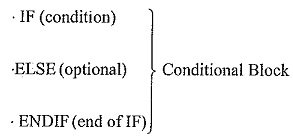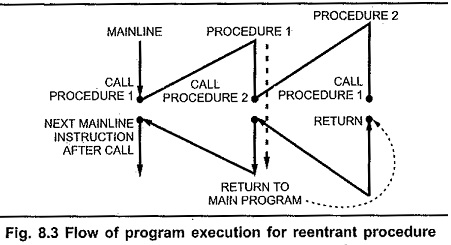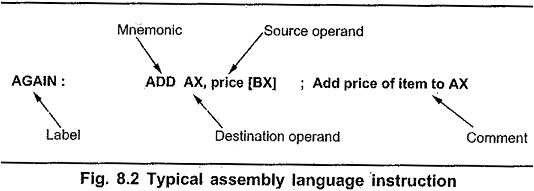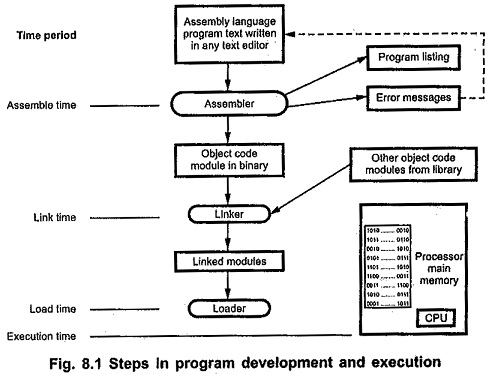Conditional Statement in Assembly Language Program
Conditional Statement in Assembly Language Program: Assembler supports the use of Conditional Statement in Assembly Language Program. It also allows to use them in macro sequences. These conditional statements control the flow of the program…



